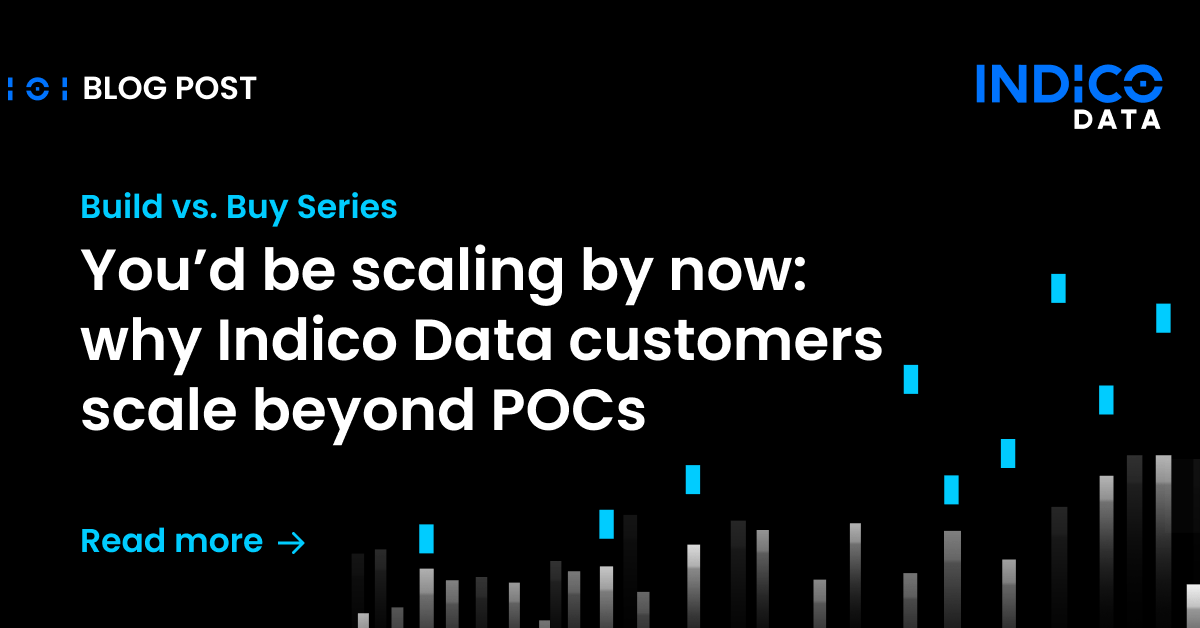When it comes to employing artificial intelligence in insurance, you need to take a three-legged stool approach much like any other IT project – focused on use cases, technology, and governance – but with an extra-sturdy governance leg.
That was one of the big takeaways from my recent conversation with Jim DeMarco, director of insurance strategy for Microsoft, a recent guest on the Unstructured Unlocked podcast I co-host with Michelle Gouveia, who focuses on insurance for the venture capital firm Sandbox Industries.
DeMarco helps insurance companies, including some of the largest in the world, figure out where their business is going and how technology can help get them there. His discussions venture into various topics that impact the insurance business, ranging from climate change to automated claims processing, and the nature of various employee roles. Technology plays a role in all of it.
“Generative AI has been on peoples’ minds. So, part of my job is sitting down and saying, ‘How does that change the nature of what it means to be an underwriter, or a claims handler, or CFO?’” he said. “That is the conversation I have literally on a daily basis with customers.”
Listen to the full podcast here: Unstructured Unlocked episode 22 with Jim DeMarco, Director of Insurance Strategy at Microsoft
GPT in insurance processes
Generative AI is the technology behind AI large language models including the likes of ChatGPT. (GPT stands for Generative Pretrained Transformer, a type of large language model with which Indico Data has deep familiarity, but it’s often shortened to just “Generative.”)
“Generative AI is taking drudgery out of work. It’s absolutely got the ability to reduce the use of rote tasks,” DeMarco said. He graciously pointed to the partnership Microsoft recently inked with Indico Data. That focuses on using Microsoft Azure OpenAI GPT-4 technology to enhance the Indico Prompt Studio and Summarization Studio components of our intelligent intake platform. Microsoft GPT4 technology will dramatically accelerate the ease and speed at which users can automate processes, in some cases from days to hours.
But when customers want to talk about generative AI, he brings the discussion back to that three-legged stool, with the first being use cases.
Related content: Yes, GPT-based AI models are ready to apply to the insurance industry
Focus on insurance use cases and technology
Too often, insurance clients jump in and what to start using technology to address various processes, without necessarily thinking about the end goal.
A better approach is to decompose the problem. As applied to claims processing or underwriting submissions, then, the key performance indicator is getting a fast, accurate decision.
With the proper KPI in mind, “now let’s look at how do we solve it,” DeMarco said. This is where the second leg comes in: technology.
Here, generative AI can almost certainly play a role because both the claims and underwriting processes involve “a heck of a lot of documents coming in,” he said. Someone has to pore over each one, figure out what it says, extract various data and key it in somewhere else. That’s where the Indico solution can help.
But you also have to think about how you will deploy the technology, and whether it’s secure and scalable both vertically and horizontally. Vertical means the ability to use more and more of it as needed while horizontally means applying the same technology to more use cases across the organization.
Related content: How to avoid AI bias and gather better data for insurance claims and underwriting
Why governance is crucial with AI
The final leg is governance, which we all agreed is imperative when it comes to AI, but often gets short shrift.
Perhaps that’s changing. Gouveia pointed out she’s seeing startups emerge with governance and compliance solutions to audit AI models, such as to ensure they are free of bias and include proper data security.
Similarly, DeMarco said one of the capabilities inherent in the Microsoft OpenAI stack is the ability to flag and record outputs that are out of compliance with predefined policies, such as to prevent violations of industry or government regulations like GDPR.
Governance also covers the idea of explainability, which is always an issue with AI. That means being able to explain any underwriting or claims decision that’s made, again to avoid non-compliance issues.
“When you actually add in the ability to drive traceability of large language models, now we can think about how we simplify tons of processes and still stay compliant,” he said.
Towards the end of our discussion, DeMarco also pushed back against the notion that AI is going to “eliminate 10,000 jobs.” No, he said, “We’re just going to make 10,000 jobs a whole lot easier.”
Find the transcript here.
I encourage you to listen to the entire conversation to learn more from a true insurance technology expert. Check out the full podcast (Episode 21) on YouTube or on your favorite podcast platform, including:


